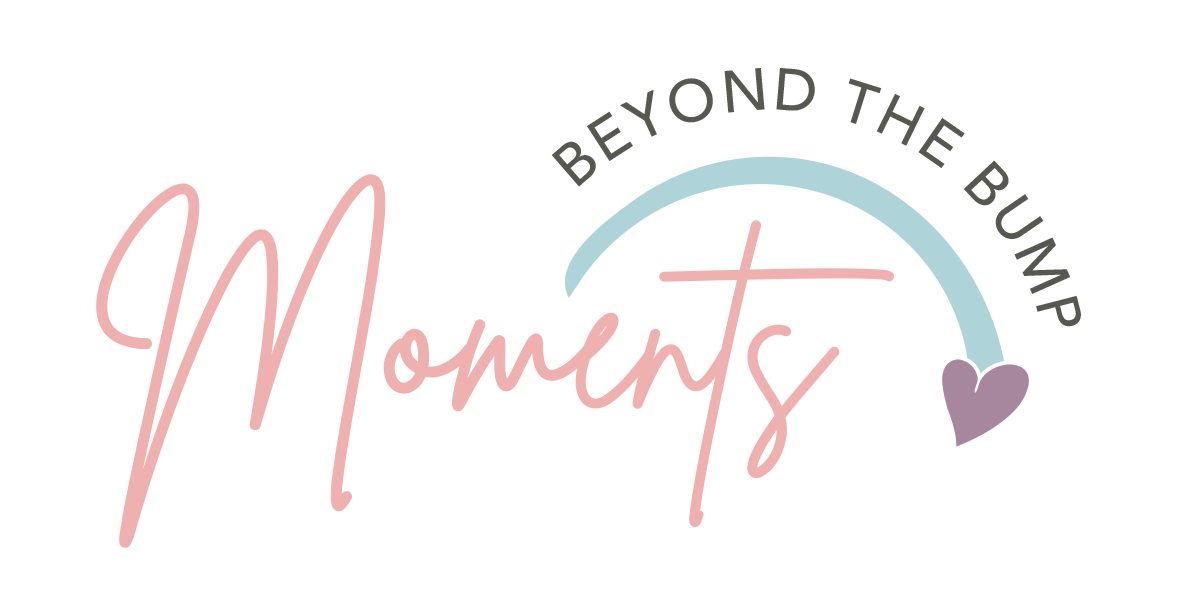Gagging vs Choking
One major milestone in the first year is the transition of breastmilk/formula to beginning solid foods. This transition is usually accompanied by anxiety from parents. As a therapist I see many babies that I work with on feeding and swallowing, but even as a mother I struggled beginning solids with my own child. BUT something that brought me ease was knowing the difference between gagging and choking.
A baby's first line of defense during eating is their hyper sensitive gag reflex. This protects the airway against all foreign objects; food, toys, etc. As baby's grow and begin to introduce different teethers, toothbrushes, and textures of food their reflex becomes less sensitive.
Therefore, we must understand that gagging and choking can appear the same in someone who is unfamiliar or unaware. However, gagging and choking are not the same and have noticeable differences. Gagging is when your child's skin is normal color or red, airway is clear, retching and making noises, and baby is breathing. Your child may even vomit as this is another defense mechanism to avoid choking. Choking can be described as your child's face and lips turning blue (if your child has a deeper skin tone, their gums, inside of their lips or fingernails may look blue), NO noises, NOT breathing, and their airway is blocked.
The most important thing to remember is to stay calm if you think your child is choking. In these moments, watching your child gag and/or choke on food can be scary, but you want to be able to assess appropriately and act efficiently.
So... now you understand what signs to look for, but how to respond to each?
When you suspect that your child is gagging/choking, be sure to get on their level and watch them. When you are on their level, you can visually see the object and determine if your child is able to push the object forward with their tongue or not. A child that is gagging, should be given plenty of time to handle the situation on their own in order to avoid pushing the foreign object into their airway.
If your child is choking, you should assist the child in attempting to remove the foreign object. This can be done simply by removing the child from their seat and turning them in a bent angle. Once their head is below their chest, you can use your palm to deliver back blows between the child's shoulder blades.
What are some ways to improve a child's gag reflex?
With plenty of exposure, your child's gag reflex will improve naturally. Here are four ways to improve the gag reflex in a child:
1. Normal exploration of hands, feet, toys, and more. A baby's first move after getting something new is to go straight to the mouth! This is a natural way for children to improve their gag reflex.
2. Introducing different textures when eating. This can be in done with adding texture to food that add a grainy like taste or even lumps to puree foods. The variety of food increases their awareness and ability to tolerate and control these items.
3. Brushing your child's teeth. As we know, "brushing our teeth" is not just when we brush out teeth. We brush our gums, tongue, cheeks, etc. This act itself will improve the child's ability to tolerate more.
4. Teethers and toys. Your child will eventually get teeth, so why not give them a variety of textures using these teethers. A two fold purpose, both a teething tool and self exploration.
As a new parents, eating and feeding are typically the most frequently asked questions. Therefore, when you are looking for support in your time of concern reach out to me! We can work together to allow your child to not only begin eating, but eat with parents that feel confident in their skills!
